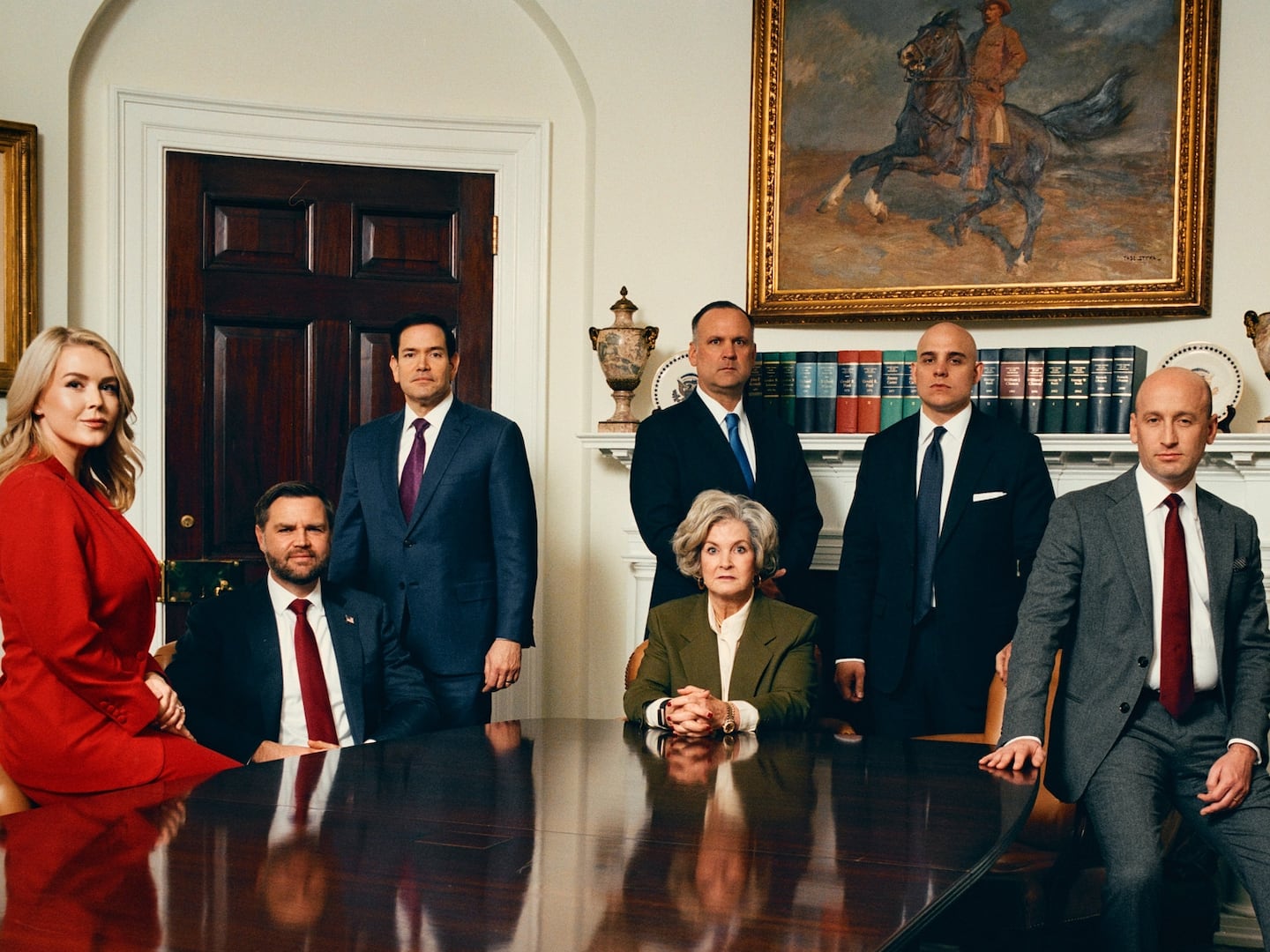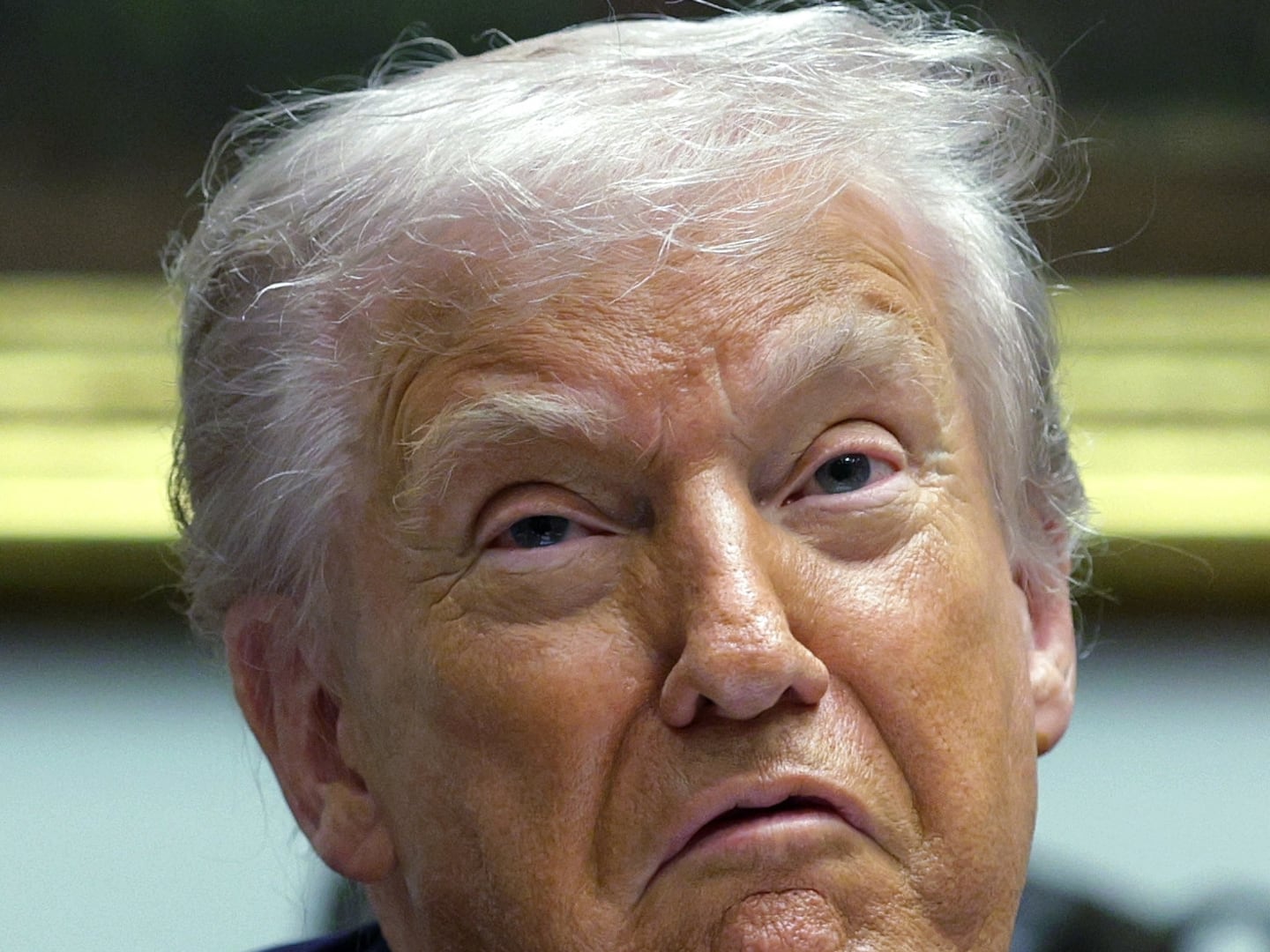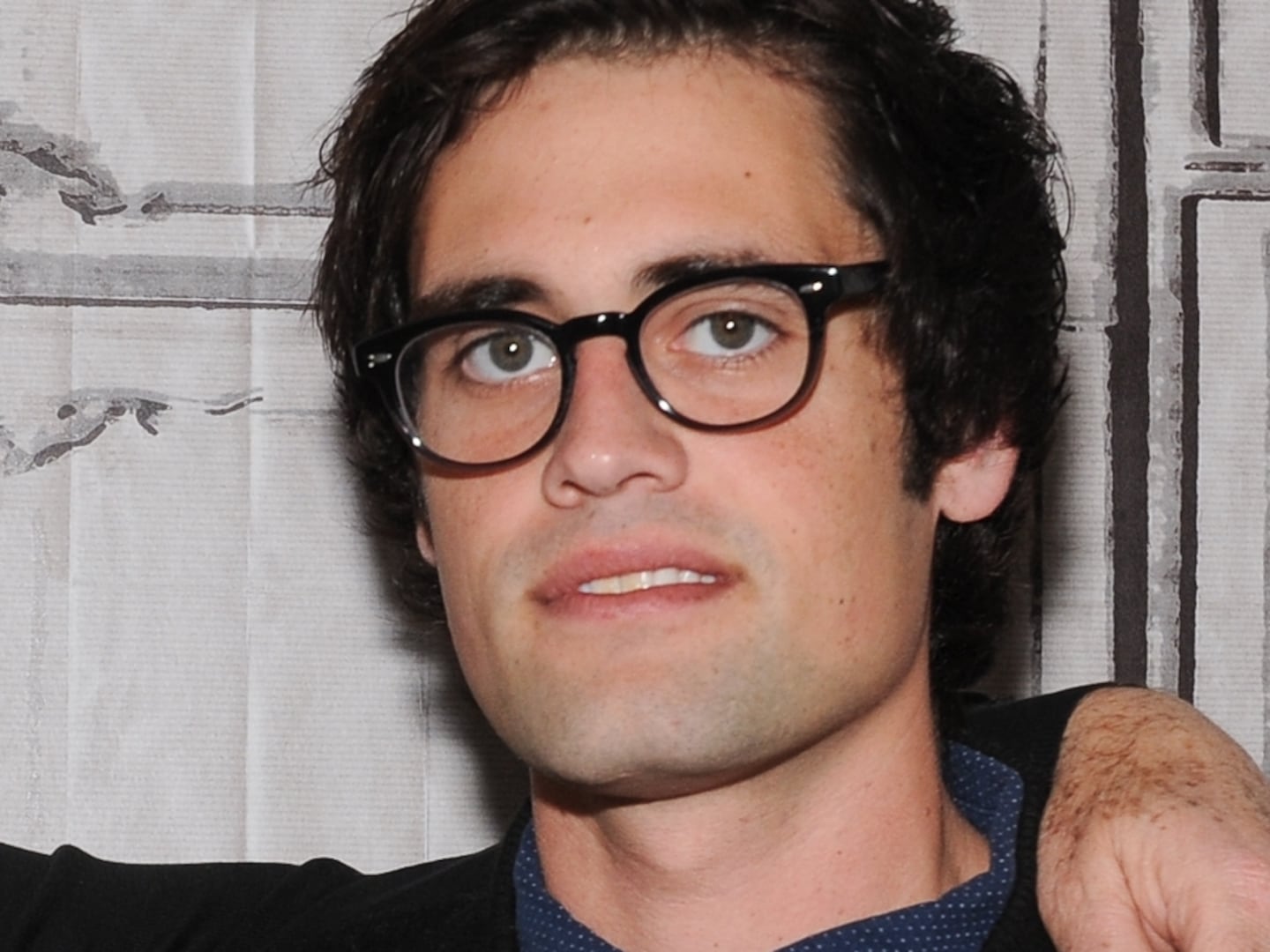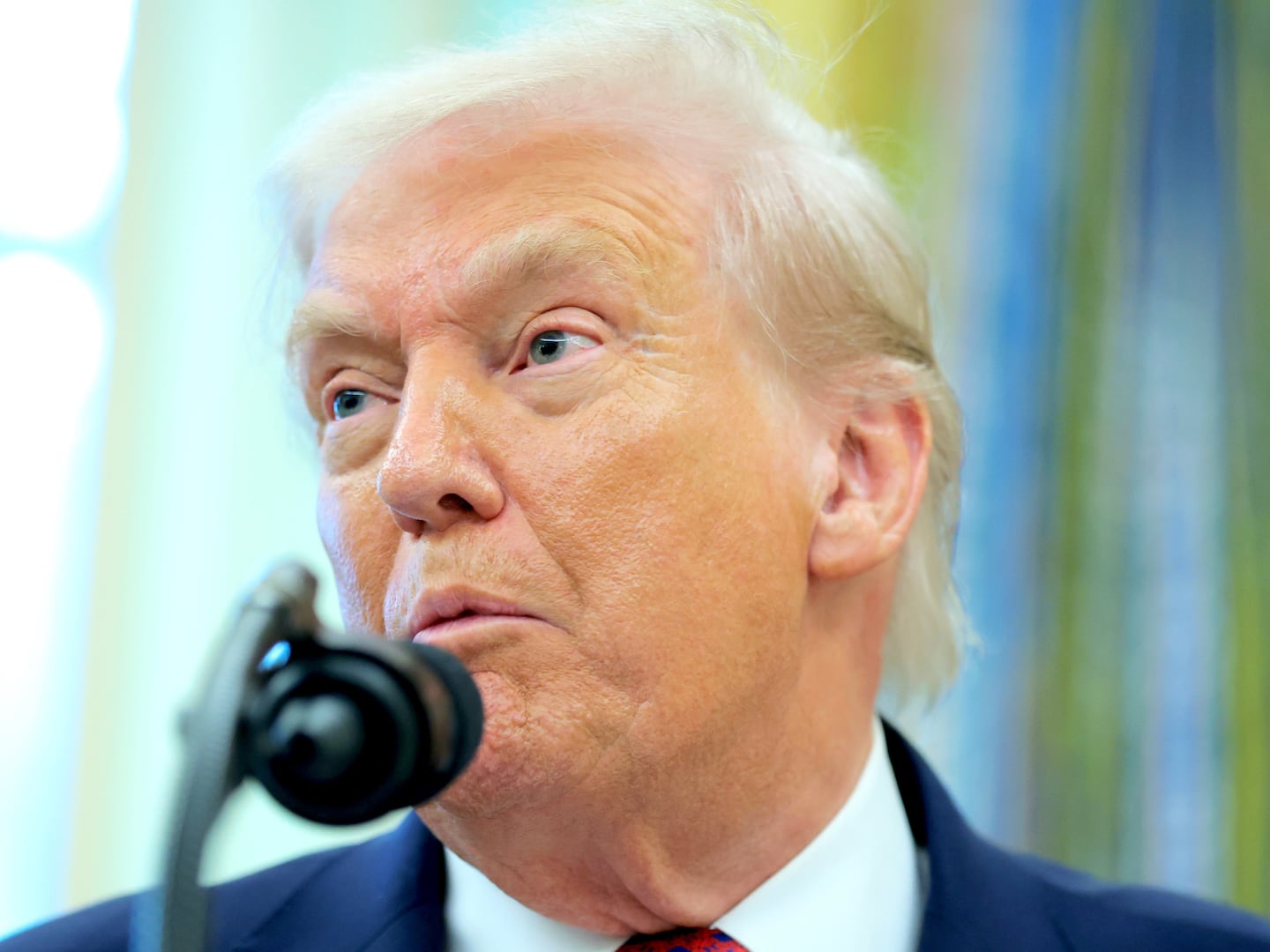ODESSA, Ukraine—Several women surrounded a man taking a cell phone video of people laying flowers around photographs of victims killed in the horrific fire at Odessa's Trade Unions House last year.
The women were hostile, even menacing. The man looked suspicious to them, could be “a provocateur,” they said, maybe even a pro-Euromaidan activist, a category of person nobody was going to tolerate on Kulikovo Pole Square, where thousands of local residents gathered on Saturday to mourn 42 victims killed on May 2, 2014.
That had been a day of violent protests and confrontations between those who supported closer ties with Russia and those fighting what they saw as Moscow’s attack on Ukraine’s sovereignty. In the mêlée, members of the pro-Russian faction retreated into a large office building. Molotov cocktails were thrown back and forth, and the building began to burn. But those on the street would not let those inside escape. Those inside died from fire, and smoke inhalation, and because they leaped from windows to their doom.
A year later, Odessa is still torn by the devastating losses, by dark and controversial memories that left deep unhealed scars.
“Look at him, he laughs at our trouble! Murderer, murderer!” one of the women shouted at the man making cell phone video. “He is from the Right Sector! What did you forget here? Go away!”

The man continued to shoot video of the women attacking him. Several uniformed security personnel guarding the square pushed the man away. “They go their way, you go your way,” told the women.
By “they,” the officer meant pro-Euromaidan activists, who are opponents of the old government in Kiev, which they overthrew, and supporters of the fight against pro-Russian separatists in the east who would like to carve out a new Moscow allied territory that includes this city. Six Euromaidan activists were killed on Odessa streets that day. Their memorial was in a different part of Odessa, a few kilometers away on Sobornaya Square.
Before the anniversary, agreements were made among the organizers to avoid revenge and stay away from each other's memorials. To keep Odessa calm, Kiev deployed over 4,000 well-equipped police and military to Odessa: military trucks, police buses, uniformed men, some coming to Odessa after weeks spent on front lines in the eastern regions, patrolled the streets from early morning, surrounding both Kulikovo Pole and Sobornaya squares.
“We feel like prisoners with police all around us,” said Aleksei Vinogradov, one of the anti-government activists.
How to stitch together two parts of wounded society, both suffering from the ongoing war and the economic crisis, both blaming each other for tragedies?
Zoya Kazanzhy, vice governor of Odessa, told The Daily Beast the conflicts are “sometimes dividing even married opponents in their bedrooms.” She said that various surveys conducted by the government had demonstrated that it would take Odessa a long time to heal.
On Saturday night, a local television channel showed a documentary called “Odessa Without Myths,” a detailed account of the May 2 tragedy. The film showed that trust for authorities was very low. Odessa, once a successful tourist center, was now growing poorer and unhappier by day. Homeless people were digging in garbage containers on the central Deribasovskaya Avenue. Residents were eager to know who they should blame for their tragedy. To build bridges between heartbroken mourners in the two camps, Odessa Governor Igor Palitsa met with parents of the victims. The documentary aired on the anniversary day showed two fathers whose sons had been killed shaking hands.
“At this point, we see that our society is so radicalized, that only parents of victims, those who lost the most precious things in their lives, their children, can say to Odessa, ‘Enough, stop the violence,” Vice Governor Kazanzhy told The Daily Beast.
Earlier that day Ukrainian patriots, many in uniforms, were carrying national flags to Sobornaya Square to remember their friends, and some were in gloomy mood amid news reports that thousands were marching in Kiev in sympathy with the victims of the fire.
Odessa volunteers defending peace in their city were concerned about frequent minor terrorist attacks on public places. This spring, over 60 people have been arrested in Odessa for separatist activity. Odessa counted 32 explosions outside volunteer centers, on railroad tracks, outside banks and in other public places.
“Arrests of small activists mean nothing, those who control them are free,” said Sergei Sernenko, leader of Odessa's Pravy Sektor (Right Sector), a military movement of Ukrainian nationalists criticized by Kiev authorities as well as by Moscow. “And the government is full of the same corrupt crooks, who are afraid of us and want to disarm us.”
Meanwhile, a river of people coming to mourn the 42 fire victims seemed endless.
“If the government wanted to knit the social fabric together, they would not have arrested journalists, they would not have killed our Timer web site on the eve of today's anniversary,” said Yuri Tkachev, chief-editor of Timer media and a pro-Russian activist, as we stood in Kulikovo Pole square.
More people hurried toward the scene of tragedy past lined-up security, through the metal detectors, to the building where a year ago dozens of trapped women and men burned alive, suffocated by smoke or leaping out of windows.
A city hall official, Moris Ibragim, spoke before the crowd of mourners. Odessa could not turn the page of history and move on, he said, “until people hear reasons, motives and the names of those who ordered the massacre.”
To help relatives and friends of victims relieve the pain a little, mourner sent black balloons and white pigeons into the sky. But the candles arranged into the form of words on the square said: “We remember. We mourn. We will not forget.”






